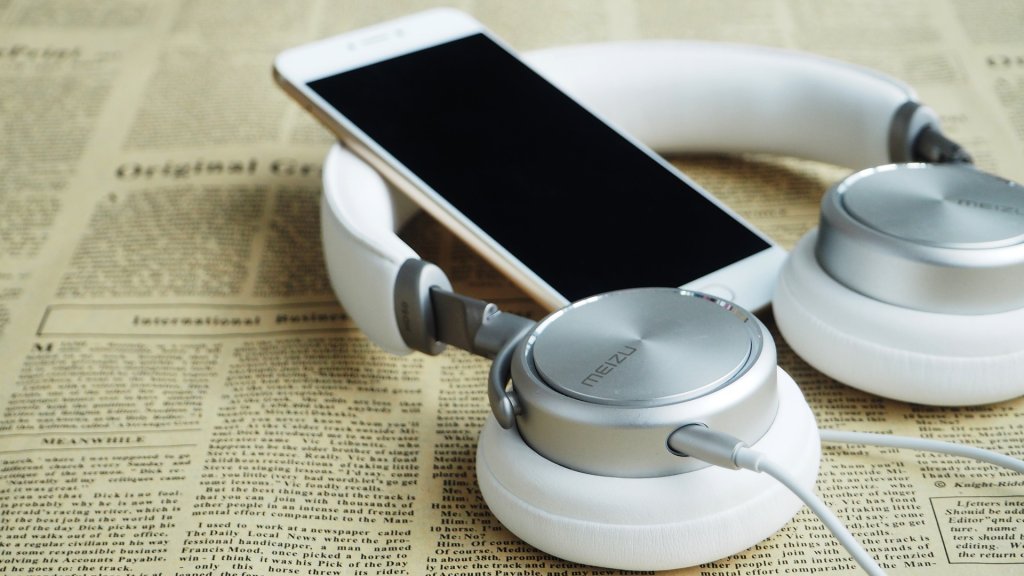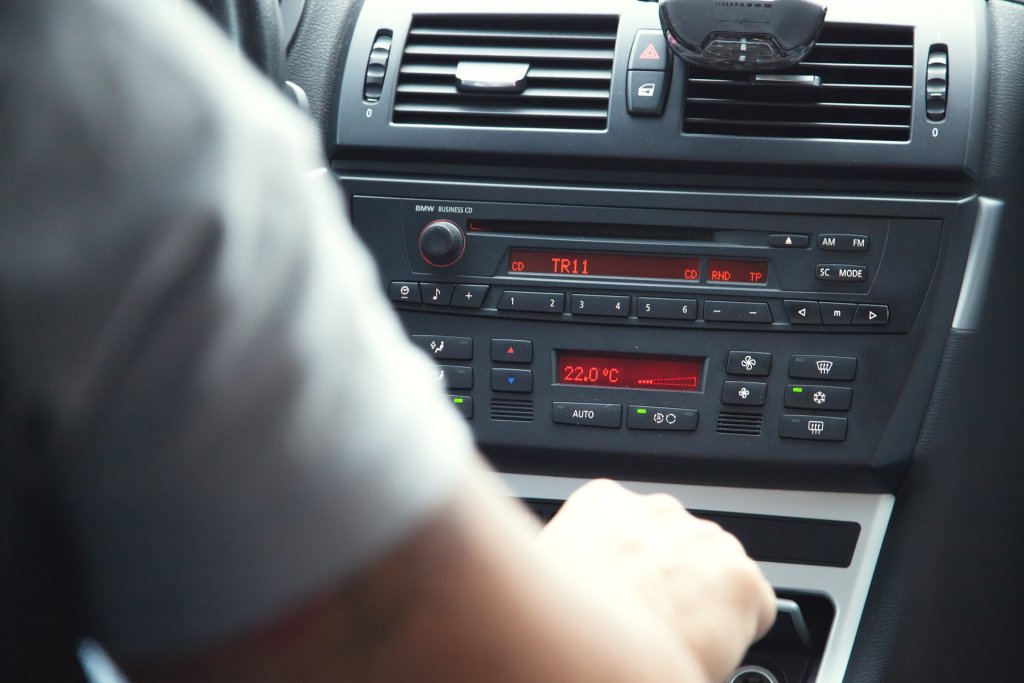CSA Z107.56 AND SAFE USE OF MUSIC PLAYERS
REPRINTED FROM CANADIAN ACOUSTICS, WITH PERMISSION OF TIM KELSALL

Résumé
Il y a eu beaucoup d'inquiétude au sujet des jeunes (et plus) personnes écoutant les lecteurs de musique personnels dans le cadre de leur vie quotidienne et la façon de les protéger contre la perte d'audition. CSA Z107.56 comprend une section sur l'estimation de l'exposition au bruit dans les casques qui met cette question en perspective. Basé sur des recherches indiquant que la plupart des gens régler le volume de la musique et de la parole à environ 15 dB au-dessus de la température ambiante actuelle la norme fournit une estimation de leur exposition au bruit.
En supposant, comme la norme fait, que les écouteurs typiques offrent peu de réduction du bruitambiant, la plupart des gens ne seront pas exposées au-dessus de 85 dBA à condition que le bruit de fond est inférieur à 70 dBA. Dans la pratique, cela signifie que la surexposition devrait être rare sauf dans les rues très fréquentées ou dans des véhicules plus forts, tels que les voitures de sport, le transport à grande vitesse et des avions.
Cela limite les domaines de préoccupation considérablement et devrait aider à cibler les moyens utiles pour contrôler la surexposition.Mots-clés: Musique, exposition au bruit, les normes de bruit des casques de CSA, le bruit des transports, le bruit de la circulation
Abstract
There has been much concern about young (and older) people listening to personal music players as part of their daily life and how to protect them from hearing loss. CSA Z107.56 includes a section on estimating noise exposure under headsets which puts this issue in perspective. Based on research indicating that most people set the volume of music and speech at about 15 dB above the existing ambient the standard provides an estimate of their noise exposure.
Assuming, as the standard does, that typical earbuds provide little reduction to the ambient noise, most people will not be exposed above 85 dBA provided the noise background is below 70 dBA. In practice, this means that overexposure should be rare except on very busy streets or in louder vehicles, such as sports cars, high speed transit and aircraft.
This narrows the areas of concern considerably and should help in targeting useful ways to control overexposure.
The 2013 update of CSA Standard Z107.561 contained a new section entitled “Workers exposed to music players and radios, or other sound reproduction devices”. It takes advantage of a new Estimation Method proposed by David Quirt and based on research by Christian Giguere.2
The standard takes advantage of the behaviour of most listeners who adjust the sound level of music to be about 15 dB above the background noise they are exposed to. Such behaviour is unlikely to be seen only among workers and provides a method for identifying when exposure to music, reproduced speech, etc. is likely to be hazardous outside work without the need for any instrumentation. Given the widespread use of personal music players this has been a public concern for some time.
In practice, assuming the music is from a speaker or from a headset, earbud, etc. with minimal inherent noise reduction, which is a conservative assumption used in the standard unless test data is available, it can be expected that the user will adjust the sound level about 15 dBA above the ambient noise they are exposed to and provided the music plays more than say 80% of the time their noise exposure will be 15 dB above the ambient noise in their location. Put another way, if we take the 85 dBA limit used in most countries as the industrial noise limit as indicative of the point at which there is a concern, then provided the ambient sound level was below 70 dBA there should not be a concern unless the person were exposed more than 40h a week. There is certainly evidence that some people can suffer hearing loss from long term exposure below 85 dBA in the workplace. Listening to music more than 40h a week does occur but is not that widespread, certainly not while being exposed above 70 dBA. In addition, even poorly designed headsets will provide some attenuation, so 70 dBA appears to be a reasonable cutoff.
Most residences would be well below 65 dBA except when music or TV was playing or a householder was vacuuming. Unless a person was listening to earbuds while watching TV or vacuuming for a very long time, there should be little concern. Tool use in home workshops can exceed 70 dBA but generally would not occur for extended periods. Outdoors, most streets except major arterials would be below 70 dBA Leq on sidewalks, so the main concern would be people listening to a music player while walking close to a major arterial. This is already considered a hazard from a safety standpoint and the extra concern should reinforce the need to avoid such behaviour. Using gas powered tools such as lawnmowers would also clearly be a noise concern, with or without music players, although the players would exacerbate the problem considerably. Again it would be unlikely that many would be exposed to gas powered tools for many hours each week outside the workplace. Encouraging the use of hearing protection and discouraging music players while operating such equipment would be worthwhile.
Recreational activities can also have high sound levels and headset use should be discouraged with those activities. Offices would generally be fine for using earbuds, but industrial areas and loud stores with music could be a concern. In any case, workplace noise exposure is already regulated and controlled, although work is needed to spread the information needed to do this properly. The other major venue for public noise exposure would be transportation. Neitzel et al measured sound levels on public transit in New York City,3 getting results from 71 to 80 dBA, the latter in the subway. Exposure time would generally be limited but long term headset use in transit vehicles should be discouraged. The interior noise in cars has been tabulated by Auto-decibel-db.4

Up to 100 km/h only 7 of the 130 cars tested exceed 70 dBA. At 120 km/h 22 of the 130 cars exceeded 70 dBA, mostly high powered sports cars. With windows open 79 dBA can be reached as low as 50 km/h.5
It can be concluded that there is little hazard to hearing in playing music in cars except for high powered cars at very high speed or in cars with open windows. There are of course those who add and play high powered sound systems to cars and that is an obvious recreational concern. Auto-decibel-db (which admittedly is old) also indicates that most seats on passenger jet aircraft are above 80 dBA.4 On a recent flight an Airbus 321 produced 76 dBA at the author’s seat. Using a headset to listen to music or a movie would exceed the daily allowed noise dose of 85 dBA in less than 48 minutes in an ambient noise level of 80 dBA, 144 minutes at 76 dBA. This is clearly one reason why noise cancelling headsets are so popular on aircraft and provided they drop the sound level by 10–15 dBA they should be protective, while also improving the sound quality. This leads to a discussion of what can be done.
- Do not listen to a music player in noisy environments such as:
- When other music or shows are being played.
- While walking near busy major arterial roads. It is both unsafe and can cause hearing loss.
- During noisy recreational activities, like using power tools, clubbing and power boating or in venues already playing music or TV
- Use noise cancelling headphones or headsets with measured passive protection while listening to music or recordings in high speed powerful cars or in any car with the windows open.
- Use noise cancelling headphones or headsets with passive hearing protection providing at least 10–15 dB noise reduction on passenger jet aircraft and subways.
This list is probably not complete but is sufficient to give most lay people guidance to avoid situations where listening to music, radio, TV, etc. would be likely to be hazardous to their hearing over the long term. It also indicates that most uses of personal music players should not adversely affect hearing unless unusual volume levels are selected.
References
- CSA Standard Z107.56-13 Measurement of Noise Exposure.
- Christian Giguere et al. Direct and indirect methods for the measurement of occupational sound exposure from communication headsets NCEJ Sept 2012
- Richard Neitzel, Robyn R. M. Gershon, Marina Seltzer, Allison Canton, and Muhammad Akram. Noise Levels Associated With New York City's Mass Transit Systems Am J Public Healthv.99(8); Aug 2009
- http://www.auto-decibel-db.com/index_kmh.html
- Passenger noise environments of enclosed transportation systems By United States. Office of Noise Abatement and Control

